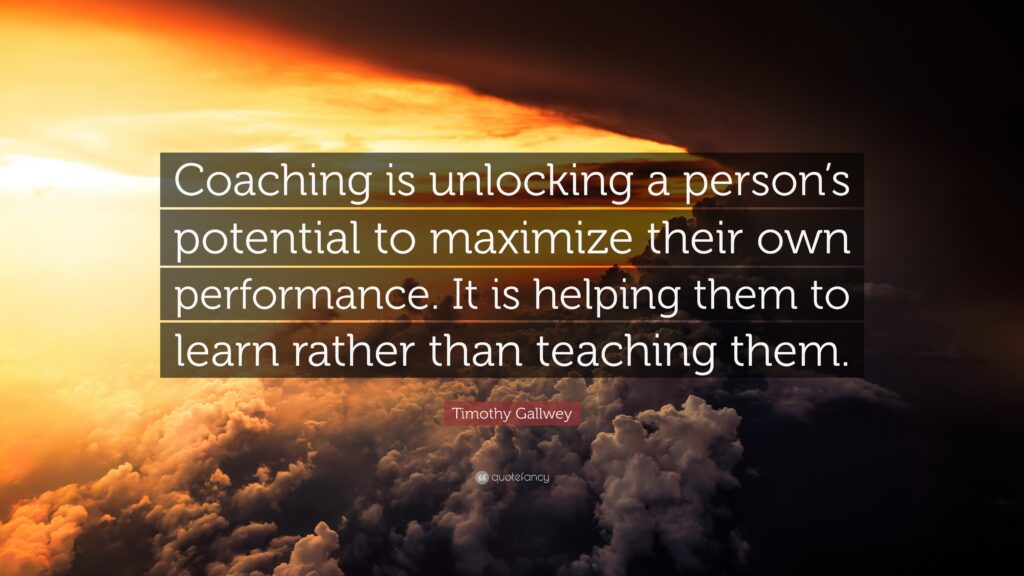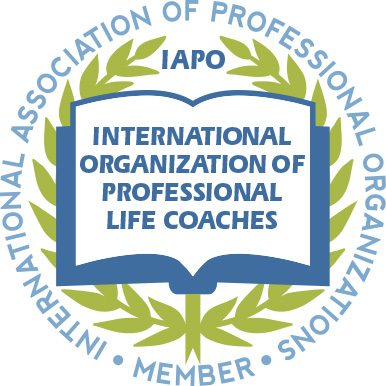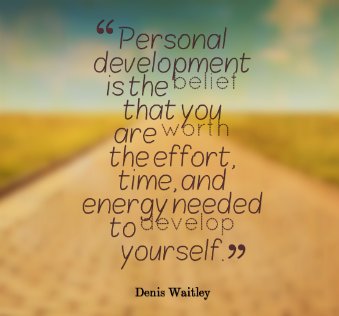When it comes to supporting our loved ones, it’s natural to want to help them overcome challenges and lead better lives. However, there’s a fine line between providing support or assistance and enabling unhealthy behavior. Enabling occurs when we unintentionally perpetuate destructive patterns instead of promoting growth and change. Here’s how to spot and stop enabling behavior before it’s too late.
What is Enabling Behavior?
Enabling refers to behaviors, actions, or attitudes that unintentionally help maintain someone’s harmful or negative behaviors, often preventing them from taking responsibility for their actions and experiencing natural consequences.
Enabling can occur in various contexts, such as relationships, families, or friendships, and can reinforce addiction, dysfunctional behavior, or dependency.
Specific examples of enabling might include something as innocent as offering to be the designated driver so a friend can overdo it. The intent of the action is positive – to avoid having a drunk friend take the wheel.
But the unintended consequence is negative – creating a situation that enables a problem drinker to drink to excess.
Other examples of enabling behavior might include buying drugs or alcohol for an addict – or loaning them money so that they can get a fix; lending money to someone who struggles with gambling; or continuing to support a grown child who is not becoming independent and taking on their own responsibilities.
Signs of Enabling Behavior
If you think you or someone you know may be an enabler, here are some of the most common signs to look out for:
- Making Excuses: If you frequently find yourself making excuses or justifying the actions of your loved one, even when it’s clear that they are engaging in unhealthy behavior, you may be enabling them. Making excuses shields them from the consequences and hinders personal growth.
- Taking Over Responsibilities: Assuming responsibilities or picking up the slack for someone who should be self-sufficient is a common enabling behavior. While it may be driven by genuine concern, it prevents the person from learning and taking responsibility for their own actions.
- Ignoring Boundaries: Enablers often blur boundaries or disregard their personal needs to accommodate the person they are enabling. This can manifest as sacrificing your own well-being, time, or resources to deal with the consequences of their actions.
- Feeling Guilty: Experiencing guilt when setting boundaries or denying requests from the person you’re enabling is a red flag. This guilt often leads to giving in and perpetuating their unhealthy patterns instead of supporting their growth.
- Denial or Minimization: Ignoring or downplaying the severity of the situation is a common response from enablers. Denial and minimization protect your loved one from facing the consequences of their actions and can prolong their unhealthy behavior.
Recognizing the signs of enabling behavior is the first step towards breaking the cycle.
Breaking the Cycle of Enabling Behavior
Here are some strategies to help you shift from enabling to supporting:
- Educate Yourself: Learn about the negative impacts of enabling and understand the difference between enabling and healthy support. This knowledge empowers you to make informed decisions and set boundaries effectively.
- Practice Self-Care: Prioritize self-care to maintain your well-being physically, emotionally, and mentally. By focusing on your own needs, you will have the energy and resilience to support your loved one in a healthier way.
- Set Boundaries: Establish clear boundaries to protect yourself from being taken advantage of and to encourage personal responsibility. Communicate your boundaries assertively and be consistent in enforcing them.
- Encourage Professional Help: Encourage your loved one to seek professional assistance, such as therapy, counseling, or support groups. Professionals can provide the necessary guidance and support to address their underlying issues effectively.
- Be a Supportive Guide: Instead of directly intervening or taking over responsibilities, act as a supportive guide. Encourage them to take responsibility for their actions, learn from their mistakes, and make positive changes.
- Seek Support: Surround yourself with a network of supportive friends, family, or support groups. Sharing your experiences and seeking guidance from others who have faced similar situations can provide valuable insights and reassurance.
Are You an Enabler?
Understanding the signs of enabling behavior is the first key step toward fostering healthier relationships and promoting personal growth.
It is possible to break the cycle of enabling and support your loved one in a more constructive way.
It’s essential to find a balance between support and enabling to ultimately promote a loved one’s independence, fulfillment, and well-being.
Thank you as always for reading.
If you haven’t yet subscribed, please visit KindCompassCoach and enter your email address so you never miss a post.


Joan Senio is the founder of KindCompassCoach. Her career includes 20+ years as a private sector corporate executive and 15 years as a consultant. The common thread through her professional life has been a commitment to compassionate coaching and leadership, including mentoring early and mid-career professionals as well as current and future executives and leaders. KindCompassCoach articles are backed by research and include facts and advice from relevant experts. Joan is a member of the International Organization of Life Coaches, serves as a thought-leader for KuelLife.com and is a regular contributor to PsychReg and Sixty and Me.
Discover more from KINDCOMPASSCOACH LIFE COACHING
Subscribe to get the latest posts sent to your email.








No Responses